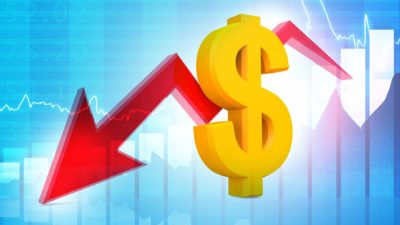ASX lithium shares continue the charge higher in 2022 as the price of the battery metal extends its upward trajectory.
Prices for lithium carbonate are now rallying back to all-time highs of AU$105,860 per tonne. It's no wonder we see a corresponding uptick in the level of lithium exploration and production.
Australian lithium players are front and centre considering their advanced stages of production and the large availability of lithium resource on our shores.
Recent lithium price history
For energy in particular, 2022 has been the year of commodities. However, the market observed most of the upside in the price of lithium carbonate across the previous 12 months.
After declining rapidly from 2018 to late 2021, the price of lithium carbonate thrust to record highs from August last year.
This saw prices reach record highs of AU$105,860 per tonne back in March. Levels that have now been achieved once more in the most recent of rallies.
Chief to the upside has been demand-supply mechanics. Surging demand from the electric vehicle (EV) sector has resulted in a huge upswing in exploration, production and delivery of the battery metal in its various forms.
Geographically, the demand for EVs has stemmed from three major zones, that being Europe, the United States and China.
In fact, by 2025, its projected these three zones will be the largest markets by electric vehicle sales volume.
Estimates are that by 2025, sales will reach an annual 5.7 million EVs in China and 4.05 million in Europe. And another 1.44 million EVs are expected to sell in the US.
Although, most forward estimates are yet to include the US Government's recent Inflation Reduction Act. The Act offers tax incentives on new EV purchases.
Meanwhile, the China Passenger Car Association lifted its forecasts for EV sales to pass a record 6 million in 2022. This is a doubling of last year's volume.
Are these trends sustainable?
And if company-specific trends are anything to go by – taking a closer look at the major auto-makers in the US and Europe – each has made the pivot to produce only battery-powered vehicles at some point in the future.
Market participants that engage in the trade, hedging and delivery of various commodities around the world echo this sentiment.
For instance, Albemarle Corporation (NYSE: ALB), the world's largest public lithium-producing company, noted the reduced investment in internal combustion engines has "created an incredible amount of interest in lithium supply," The Australian reports.
Swiss commodity Glencore recently advised its intention to add lithium to its basket of traded commodities, Reuters reports.
The move would see another opening for company's, traders and other market participants to gain exposure to the sector.
Whether the trends are sustainable or not will boil down to the gap between demand and supply narrowing, likely spurred on by greater lithium production.
Despite this, however, visibility is still murky for the price of lithium when looking ahead. And this will feed into the incentive to explore for lithium as well.
As much was observed in the period of 2017 to 2019. Exploration dwindled when the price of lithium fell to record lows, only to spike exponentially from 2020 to date alongside the upswing in lithium pricing.
What about Australian lithium?
The gain has also been tremendously positive for key ASX lithium players like Pilbara Minerals Ltd (ASX: PLS), Mineral Resources Limited (ASX: MIN), and diversified miner IGO Ltd (ASX: IGO), to name a few.
See the returns for all three of these ASX lithium shares over the past 12 months on the chart below.

However, there are two key figures to watch. The price of lithium – in carbonate and spodumene forms – and the price of the finished batteries themselves.
In the meantime, there's plenty to think about with the planned transition away from fossil fuels into 'green' energy sources.









